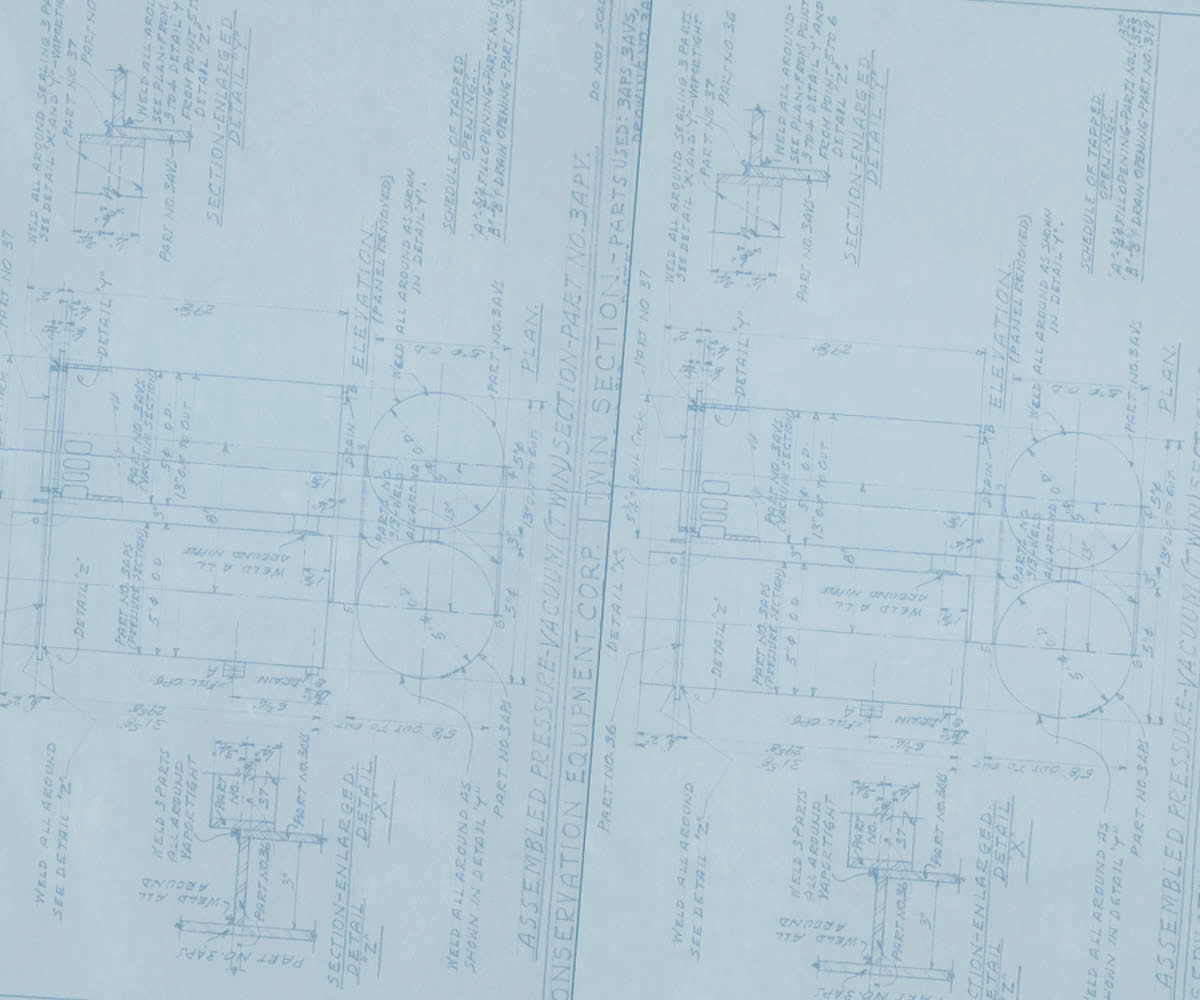Filter System Optimization
Situation
Many times an industrial filter sales person or mechanical contractor will be contacted in order to replace old equipment or figure out why performance is not optimal. Under several conditions, it can be difficult to analyze why a problem exists or the root cause is not initially evident. Instead observations may lead only to surface challenges that don’t ultimately give a clear picture as to why failures exist.
However for those that spot an issue and can correct it, such as undersized filters and unsafe work conditions, there is a chance to make the situation better! Semler Industries focuses on finding and correcting the cause of a systematic problem, not just masking the symptoms.
Case Evaluation – Metra
In 2010, Alloy Mechanical was working for Metra to determine what was inhibiting optimal performance on the fuel filtration line. It turns out that the old filter system was designed to handle 150 gallons per minute. The recently upgraded fuel pump was designed for 300 gallons per minute. The filters were simply overwhelmed at this flow rate, resulting in high differential pressures and the opening of the pump relief valves. This caused low product flow and poor system performance and efficiency.
Somebody might say “simple! We’ll just upsize the filters.” In this case, that was a requirement. However, the individual working on this project noted that to turn the system on and off required manually turning valves which were amongst many pipes with some amount of slick fuel beneath them. What he saw was an accident waiting to happen.
Instead of walking away, the situation was resolved by designing a remote panel in parallel with the filter system upgrade. In this fashion, both issues could be resolved at the same time and increase performance and safety simultaneously.
Equipment Description
The filtration equipment is a cartridge style housing which encapsulates multiple filters. When the filter housing was “blinded off” in the past, there was no alert or warning to the condition. It simply blinded and the pump would work harder, either damaging the pump or blowing out the filters, rendering the system useless.
The new system includes a 300+ gallon per minute filter module with properly selected filters. Also, there is a monitor that first alerts the operator when the filters get to a differential pressure that indicates they are nearing the end of their useful lifecycle. If the operator ignores this light, when the system gets to a potential failure condition, it automatically shuts down the pump motor to prevent damage to the pump or filters, or worse yet, the transfer of water-contaminated fuel onto a locomotive engine. The operator must then change the filters prior to restarting the system.
Recommendations
Whomever is performing a fault or root cause analysis to resolve a situation is usually trained to look for a singular root cause. However, those with experience look for multiple causes. In this situation, a safety issue was added to the list of improvements and the customer appreciates such vision. Semler Industries is proud to be part of this team!
References
- Joe Palm’s files from Semler Industries
Related Imagery
[nggallery id=5]





